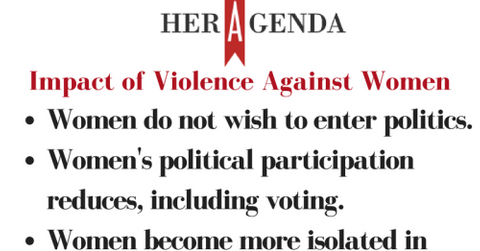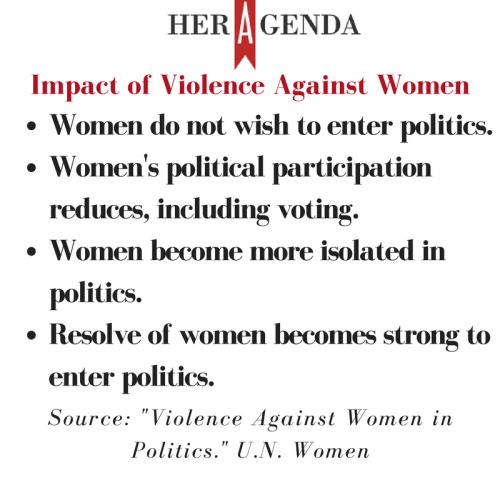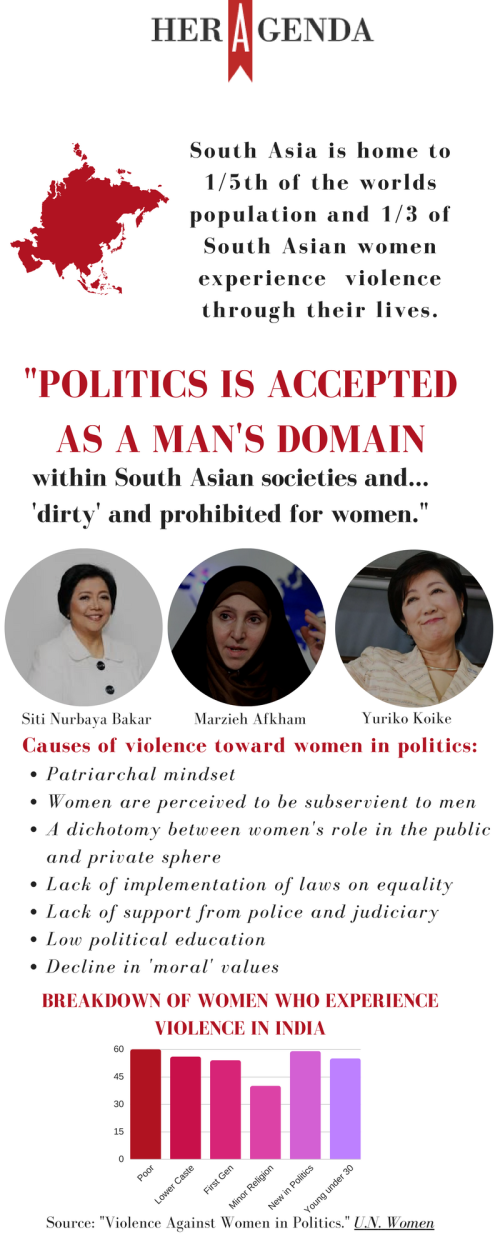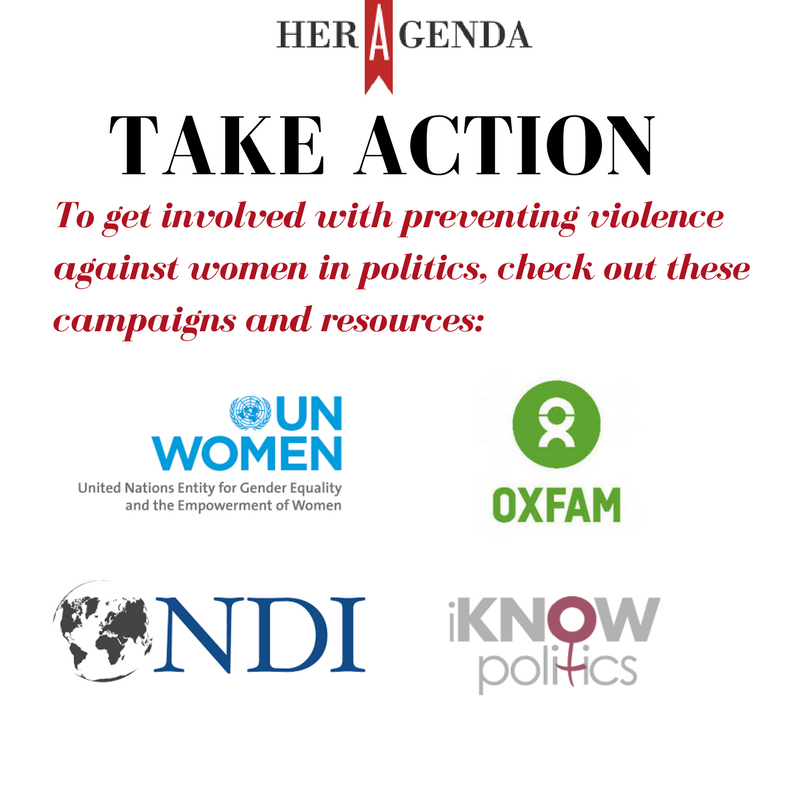Violence Against Female Politicians: United States and South Asia

Women have struggled for years to have their issues placed at the forefront of political discussions. Today’s presidential administration has only highlighted the inequities that women face – whether it be a sexist dress code, cutbacks to governmental funding for public health, or institutional oppression and violence. Despite these setbacks, women continue to place their names on the ballot and run for office.
From the standpoint of a voter, women politicians face only the expected harshness of running a political campaign – but the reality is that many women involved in politics are exposed to risks far greater than losing a race. Women running for office are more likely to be subject to sexual violence, stalking, blackmailing and verbal assault at a far greater rate than their male counterparts.
In the hope to silence women in the political sphere, opponents kidnap their children, demean their voice in important conversations, and distract them from achieving their goal – being a leader and addressing their country’s pressing problems. Female politicians in the United States have been subjected to violence. Hillary Clinton was verbally attacked by her opponents, suggesting that she be assassinated, while representative Gabrielle Giffords was shot in a public arena in 2011.

Violence against female politicians becomes more severe when considering regions outside of the United States – particularly in South Asia. Below are some facts and stats you should know about the amount of violence women are facing, the breakdown of their class and status, and organizations that work to prevent this brutality.
Women will not be silenced – not with stones or sticks or vicious tweets. It will take a collective effort from every political party, no matter their stance, to put a stop to this cycle and trend. Only then will women be able to create solutions, address issues and gain a foothold in a world of political discussion.


To learn more about the violence that women are exposed to while running for office, or to get involved in a campaign and make change, check out the below organizations and websites for information!






